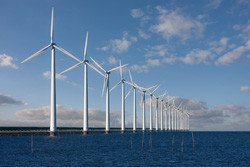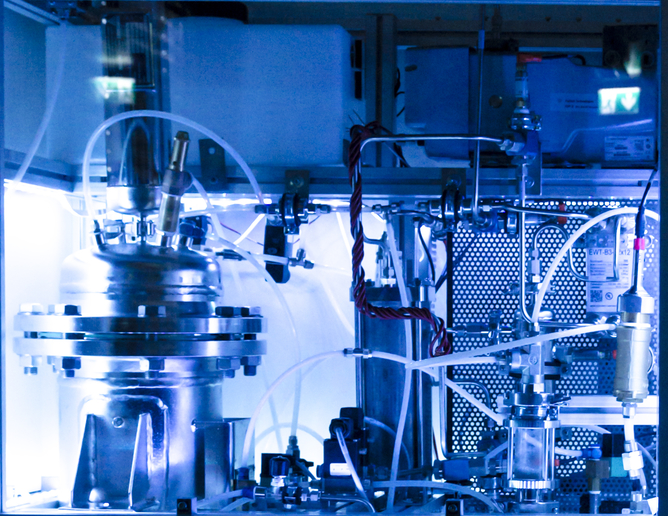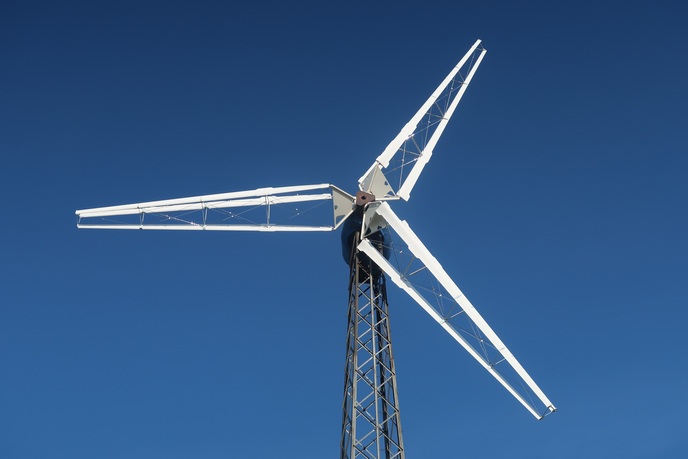Boosting far-offshore wind farms
Far out to sea, winds are stronger and steadier and infrastructure has less impact on public perception both visually and acoustically. However, current platforms located in shallower water are designed to be fixed to the seabed through rigid supports. Such a concept is difficult and costly to implement in deep water and less effective at dispersing lateral wave loads than a floating structure. Development of far-offshore wind farms will therefore require prior creation of appropriate models to test hypotheses and predict performances. The infrastructures are large and complex and testing them in real conditions is not economically or technically feasible. EU-funded scientists working on the project ICFLOAT adapted and implemented cutting-edge ocean/fluids and solids computational methods. This helped to calculate the complete response of a floating wind turbine kept upright by ballast and moored to the seabed. Researchers combined a numerical unstructured meshing method with a discrete element method and a finite element method for modelling of stresses and mesh adaptivity. The result is an open-source tool with a novel algorithm to model the two-way coupling between fluids and floating solids. The ICFLOAT tool was designed to model floating wind turbines platforms but is adaptable to renewable energy resources such as tidal power and wave energy. Coupling between solids and liquids in motion is ubiquitous — from blood flowing through arteries to unmanned vehicle navigation in water currents. So, with a few modifications, the freely available ICFLOAT framework should foster discovery and innovation in numerous areas of basic and applied research.







